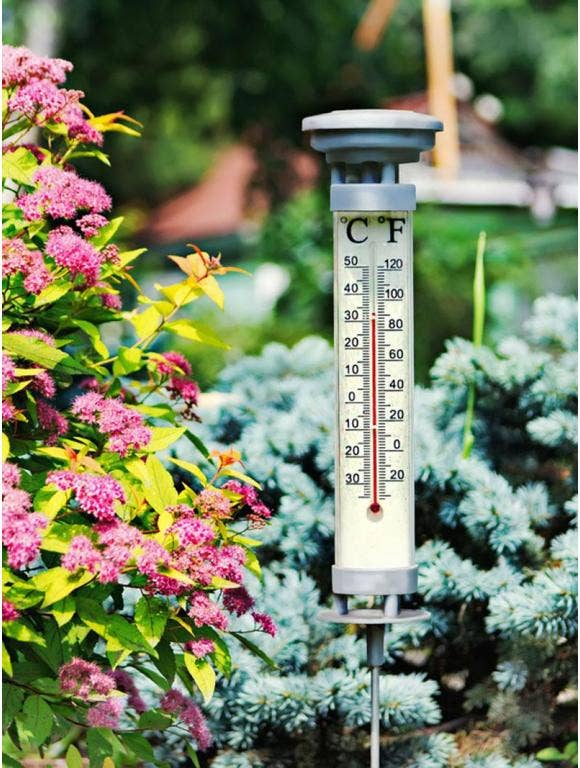


You're probably already aware that seasons play a significant factor in planting and growing your garden, but did you know where you live also matters? Here's why garden growing zones are vital and how to find yours.
What Are Garden Growing Zones?
No matter how much you lovingly tend to your garden, some plants and flowers simply might not thrive in your area. Plant hardiness zones can help you understand which plants have a better chance of survival. Maps like the commonly sourced U.S. Department of Agriculture (USDA) Plant Hardiness Zone Map divide the country into 13 different zones based on the average coldest temperatures in the winter months, split into 10-degree increments. The other important component of your growing zone to consider is the frost dates.
Why Does Your Zone Matter?
You might plant for the beauty of that colorful spring bloom, but the winter temperatures in your area can determine whether your plants will make it to the next season. Planting zones for perennial plants will tell you whether or not that plant can survive your average coldest winter temperatures. For example, a classic perennial, such as the 'Shasta' daisy, is best suited for growing in USDA zones 3 through 8. If you live in zones 1 or 2, where the average minimum winter temps can fall below 40 degrees, your flowers might not survive the winter.
While you can attempt to plant outside of your zone, you'll run the risk that your plant might be killed by the coldest winter temperatures. Or, if you plant a cold-hardy perennial where winters are too warm, the plant may not set flowers and be as vigorous as it would be in its ideal climate. For gardening success, it is important to only plant perennials suited to your zone. Check out Burpee's Garden Guide for more information.
What Is My Growing Zone?
To determine your growing zone, simply take a look at the USDA Plant Hardiness Zone Map to find the zone for your area. In addition to the main 13 zones, you'll find that there are also two subzones for each zone; these can help you pinpoint your growing zone to the closest 5 degrees. However, it's essential to keep in mind that zones aren't always 100% accurate. For example, if you live in a microclimate, your temperatures and growing conditions will differ from your surrounding area.
If you live on a hill or in a valley, you may experience a microclimate, or a small area with a different climate from the surrounding area in the rest of your growing zone. Other factors can also affect your planting conditions, like large structures that block wind or radiate heat, as well as proximity to a body of water. This is where a little trial and error comes in handy, and you'll discover what grows best with time and experience.
How to Plan Your Garden for Your Zone
With so many plants and varieties to choose from, it might feel overwhelming to decide what to grow in your garden. Understanding your growing zone and selecting plants that match your zone hardiness can narrow down your choices and help ensure that whatever you plant will thrive. Frost dates will also help you determine what you can grow and when. You can calculate when to transfer seedlings into the ground and how long your growing period will last based on your frost dates. To take the guesswork out of this, Burpee provides growing advice and frost date information based on your zip code.
Growing zones will have the most significant impact when you're planting perennials. Annuals, as well as seasonal fruit and vegetable crops, will only last for the growing season. Perennials, however, are meant to live beyond one season, which means they'll have to be hardy enough to survive your winter temperatures.
Figuring out your growing zone is vital to a successful garden, but it's only one part of the process. Understanding the features of your yard, like if it's situated on a hill or in a valley, where the sunlight hits and how the wind blows, will ultimately affect your plants' prosperity. Over time, you'll get to know these factors better and enjoy a thriving garden.
If you have more questions about finding the right plants for your zone, explore Burpee's perennial growing guides.



